At least 3-4 times a week I get emails from you all asking how to make sourdough bread or wanting to know where to begin. It’s fairly simple really but in the beginning it is a little labor of love. But with love, the more you give it the more nurtured and mature it grows to be and the better the end result, right?
Almost all yeast breads, albeit Sourdough, Foccacia, to plain ol’ White bread start with a ‘Starter’. A Starter is often thought of as a sponge. By creating a ‘Starter’, you are allowing the yeast a longer fermentation period which produces a different taste and texture in the resulting bread. There are various types of starters out there but the most common are Biga, Poolish and Sourdough. Allow me to put the Engineer’s cap back on and explain the differences:
Biga.“Biga” is a term for a type of starter made with dry active baker’s yeast and used primarily in Italian baking. Ciabatta and Foccacia, popular Italian breads, are made using biga starters. A Biga starter is what’s used to create bread with a light texture and lots of airy holes. This type of starter has a higher flour ratio to water.
Poolish. “Poolish” is the term for the type of starter most often used in French baking. Like biga, poolish is also made using a dry active baker’s yeast, but the starter is made much wetter than a biga. A poolish is usually made with a one-to-one ratio of flour and water.
Sourdough. Sourdough starters have been used for centuries to provide tried and true results. Sourdough starters, unlike others, are often maintained in stable colonies for long periods of time, even centuries, since it is simpler to maintain this type of starter than to remake it. As long as the starter is properly fed and cared for, it can be kept active for years to provide predictable results over and over again. For example King Arthur Flour starter is over 100 years old. It started at one point with a ‘mother’ which is what I’ll show you below that, if properly taken care of can be passed along for generations to come. As we deeper into this project (it’ll take about a week for it to fully develop and be ready to use) it’ll make sense when I discuss mothers, discarding, reserving and so forth.
Think of it this way: you started your Mother on January 1st. January 7th you made your first bread. You discarded (or gave to a friend to make their own starter), used part of the mother, added to the mother and started the process all over again. You’re essentially building up your mother by adding to the original. By doing this you’re helping that sourdough flavor evolve and grow. So say it’s now June 1st (Man I wish it was right now as it’s cold and snowing!) and you’ve made 25 loaves of bread. You’ve followed the directions, fed your starter and gave it love. The starter that you would use on June 1st would still contain the mother but the flavor is so much more defined and rich – it just gets better with age (like us women! *wink*).
Okay… so let’s start.
You’re gonna need the following:
PrintSourdough – Get your Starter started! Day 1
Find more fantabulous recipes, tips and tricks at www.thekitchenwhisperer.net. Also, join our TKW Family on Facebook
Ingredients
- 2 cups warm water (if your water is heavily chlorinated or unfiltered, use bottled water) Chlorine retards the starter and can affect it.
- 1 tablespoon sugar
- 1 tablespoon instant dry yeast
- 2 cups All Purpose Flour
- 5–6qt glass or ceramic bowl (do not use metal) – the bigger the better as this will GROW!
- Clean dish linen
Instructions
- Pour the water in the bowl and add the yeast then sugar. Do it in this order.
- Whisk this around until the sugar dissolves.
- Gradually stir in the flour until it’s all combined. It’ll look like thick pancake batter or possible a tad thicker.
- Cover it with a clean dish linen and set it aside on your counter top out of the way. Do not use plastic wrap, foil or the like. It needs to ‘breathe’ and build up bacteria.
- Let it go for 24 hours. Really! Just put it some place warm and let it rest. Just to give you an under-the-covers sneak peek THIS is what’s going on… THIS is good! but DON’T Touch 🙂
This was after letting it rest for an hour. See why you need a big bowl?! Again, just let it go. If you didn’t listen to me and use a big enough bowl and yours spills over, pitch it and start all over. Don’t scoop it up and try to save it. You greatly increase the likelihood of introducing contaminates to it.
Stay tuned for Day 2.
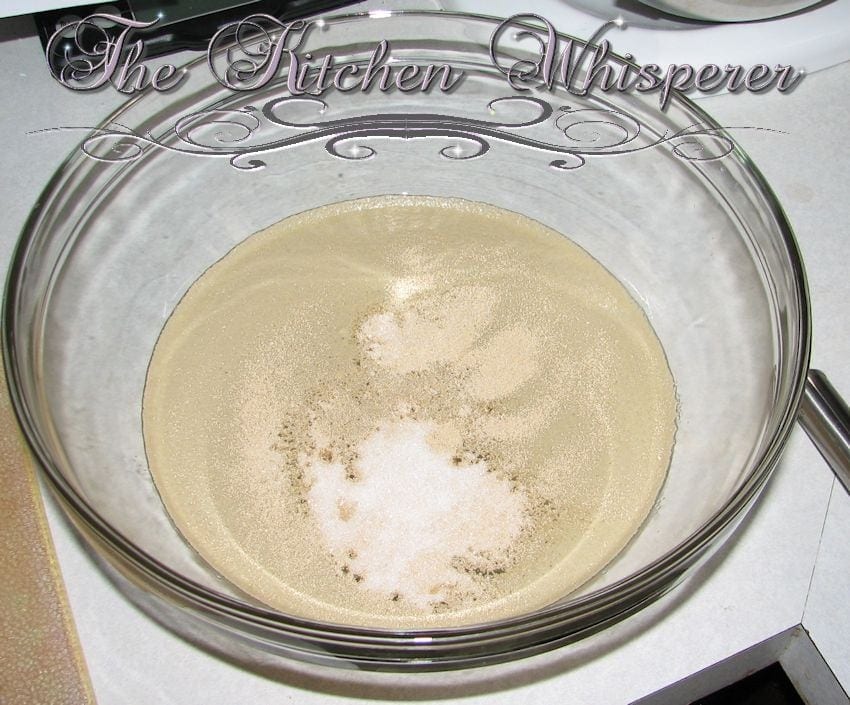

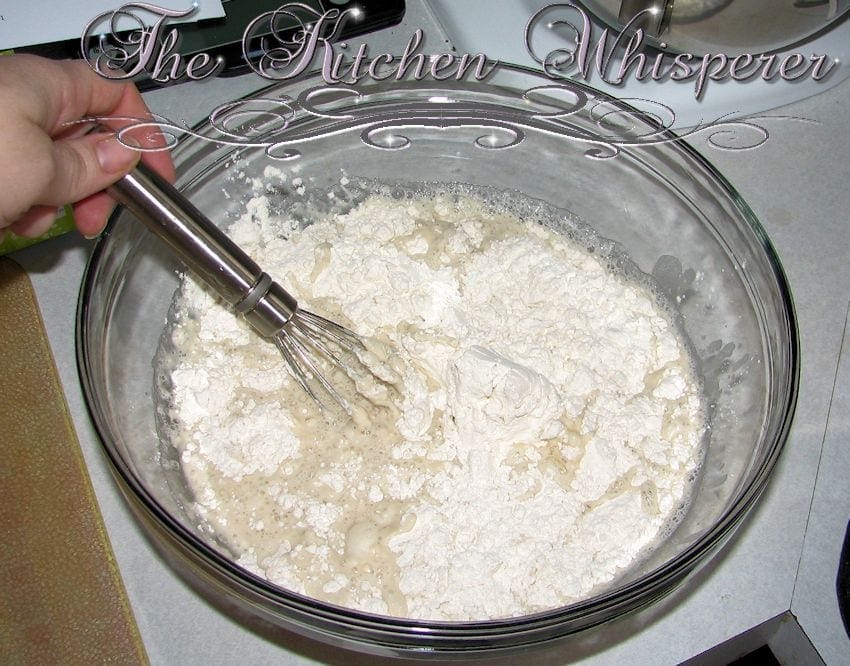
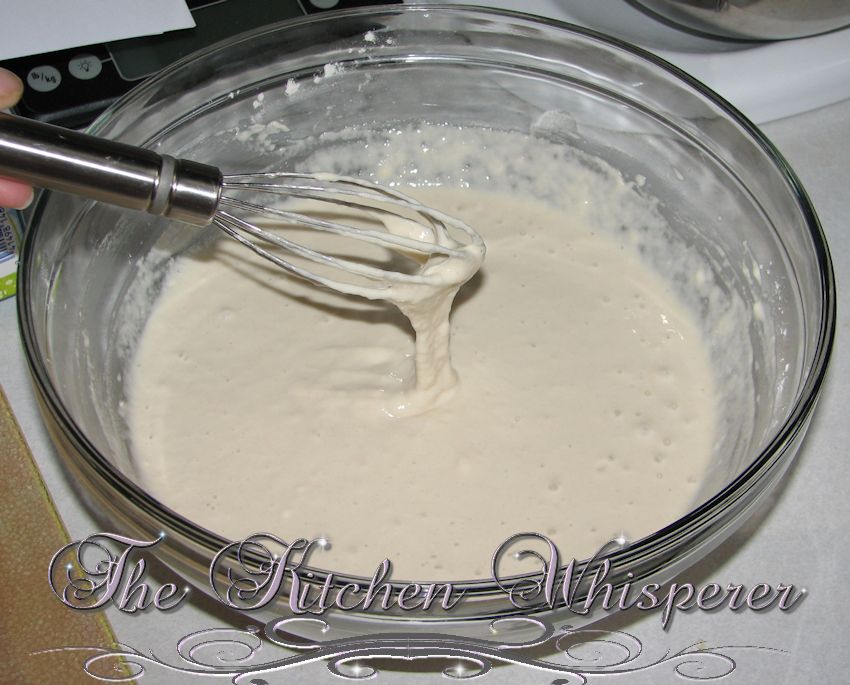
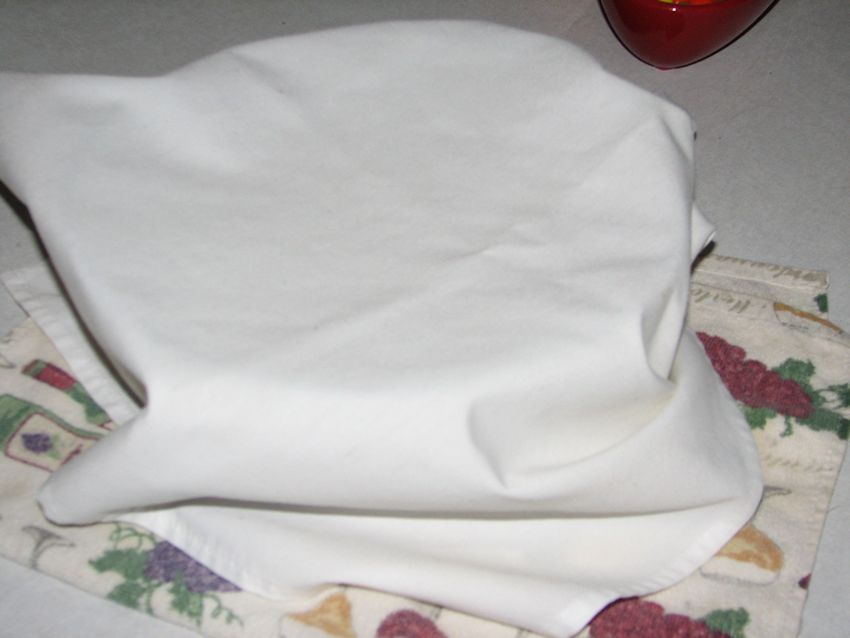
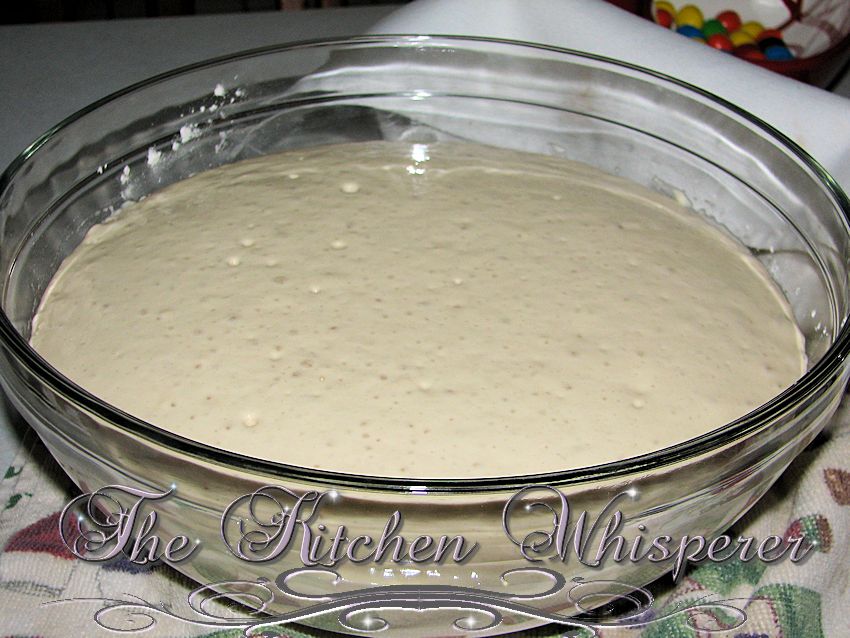



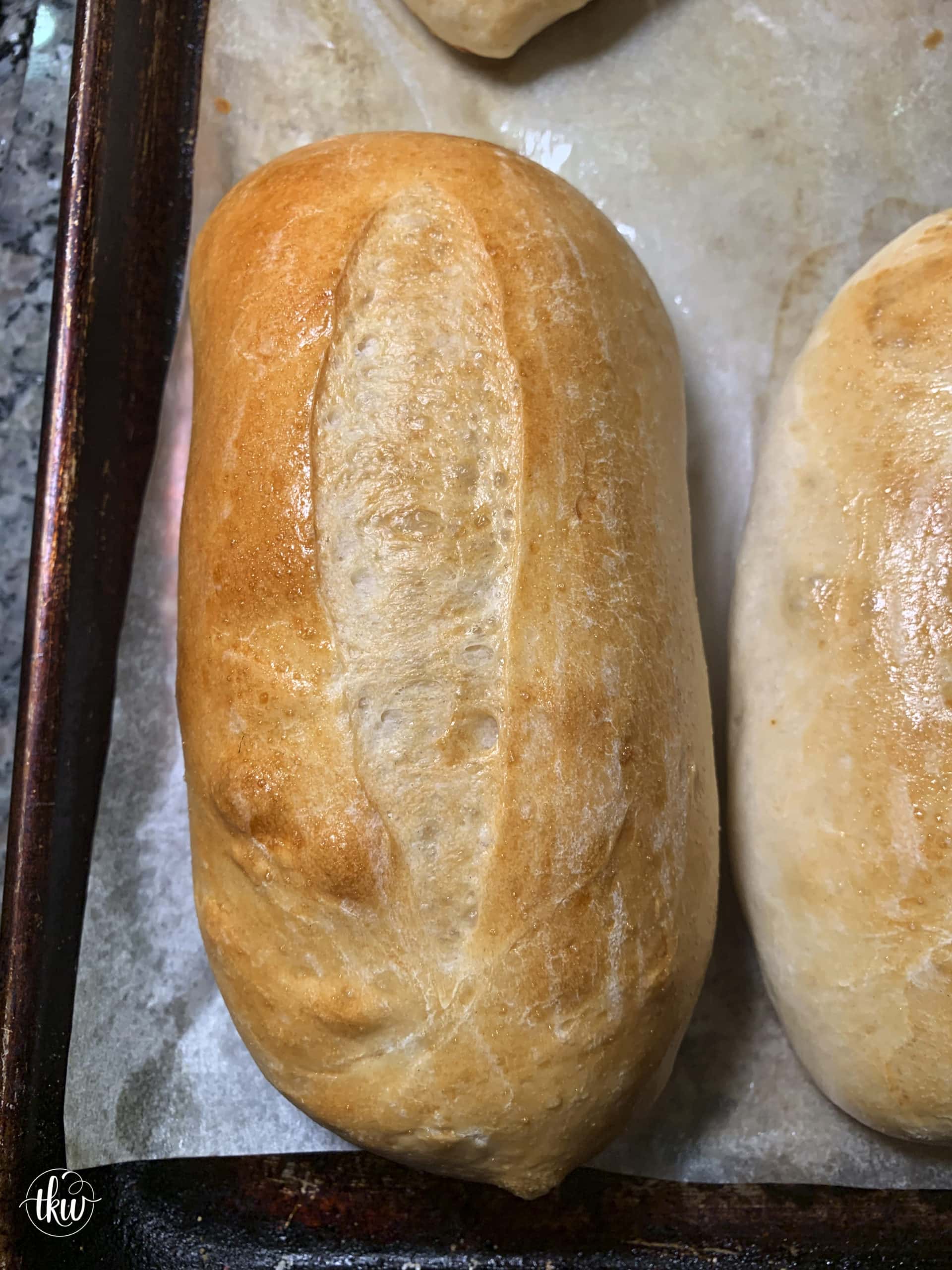
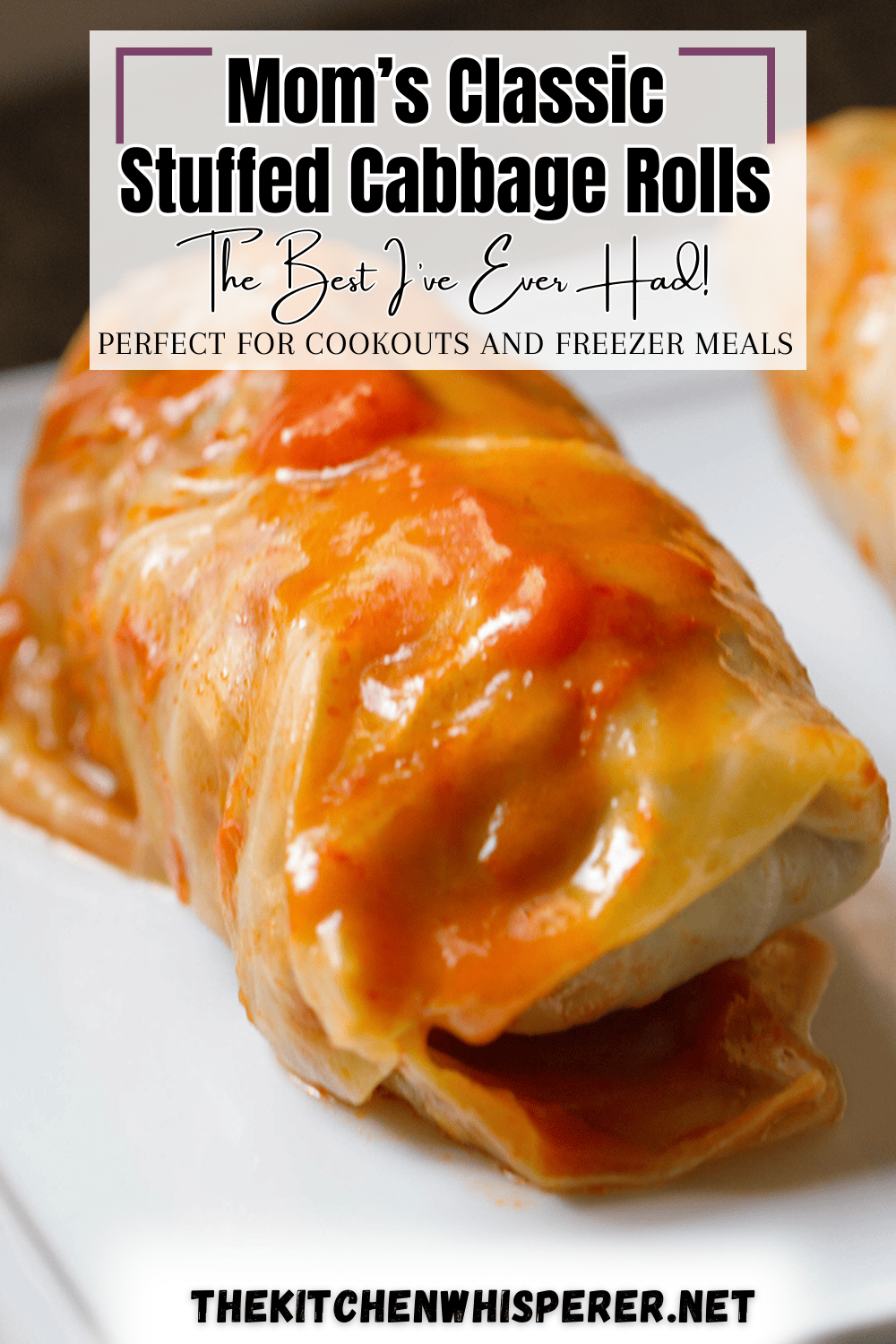
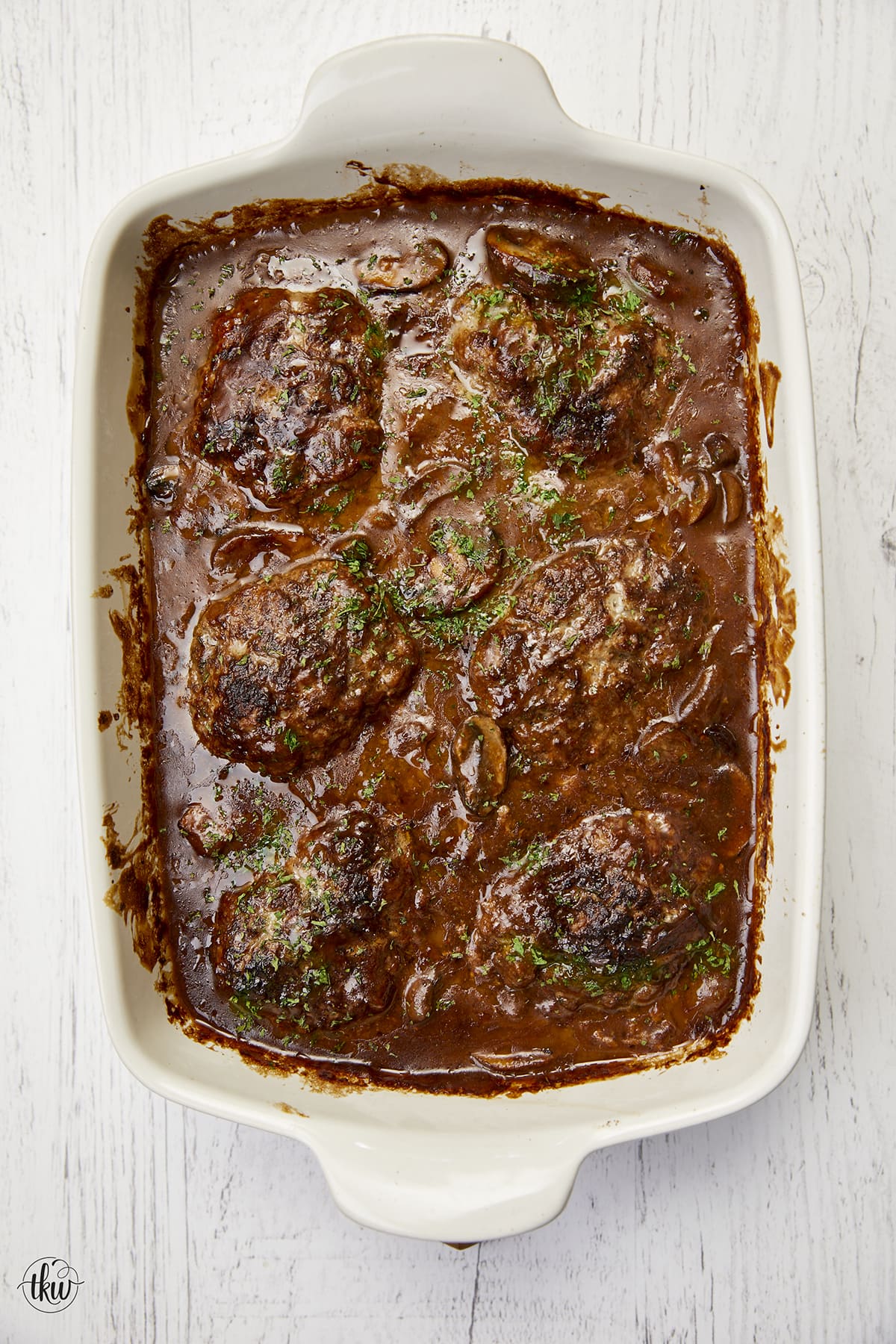

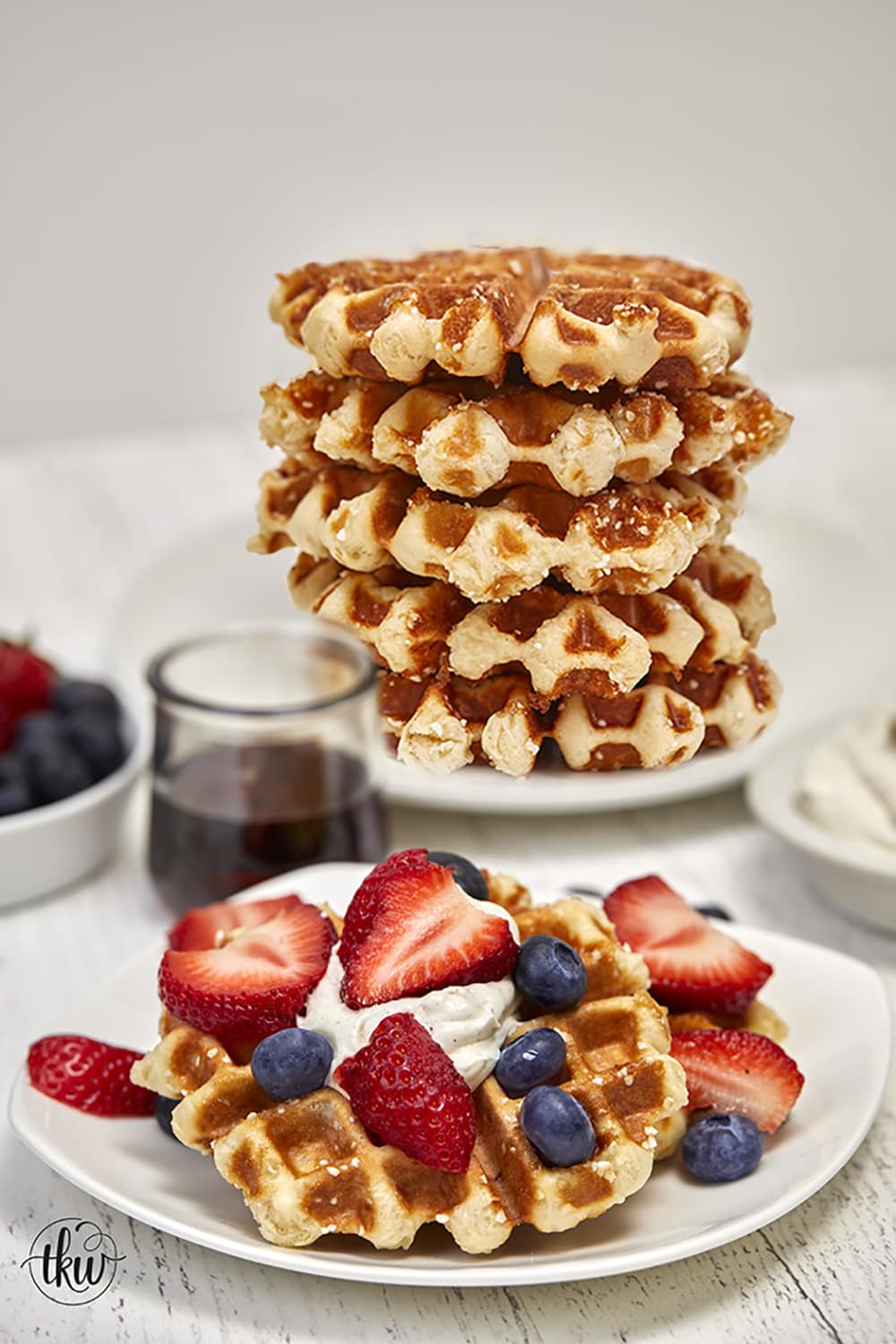

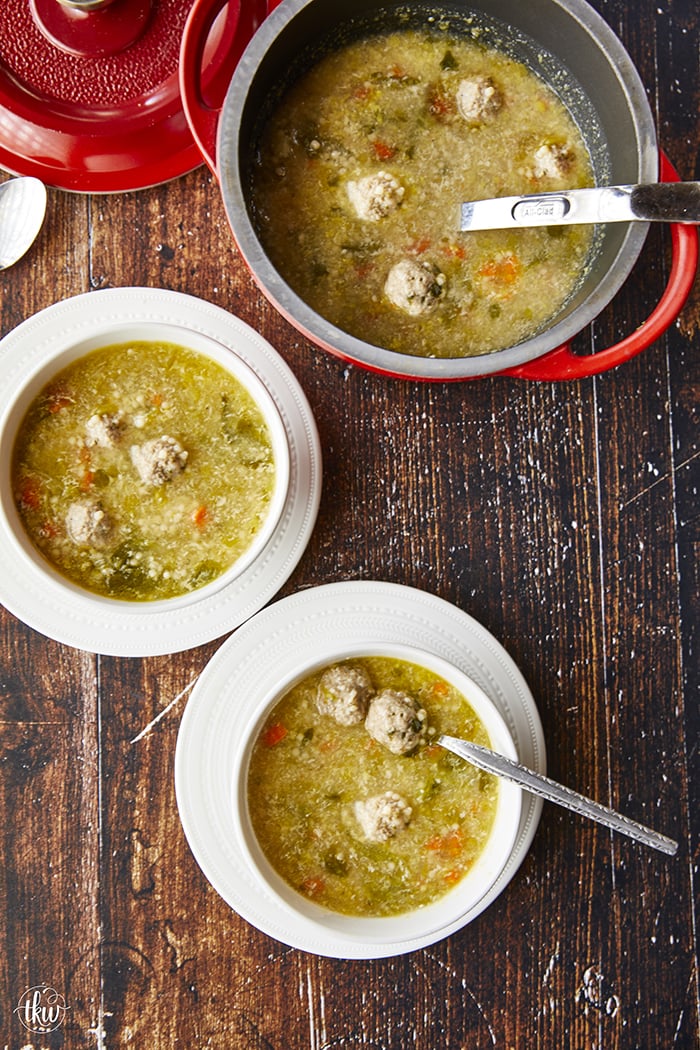
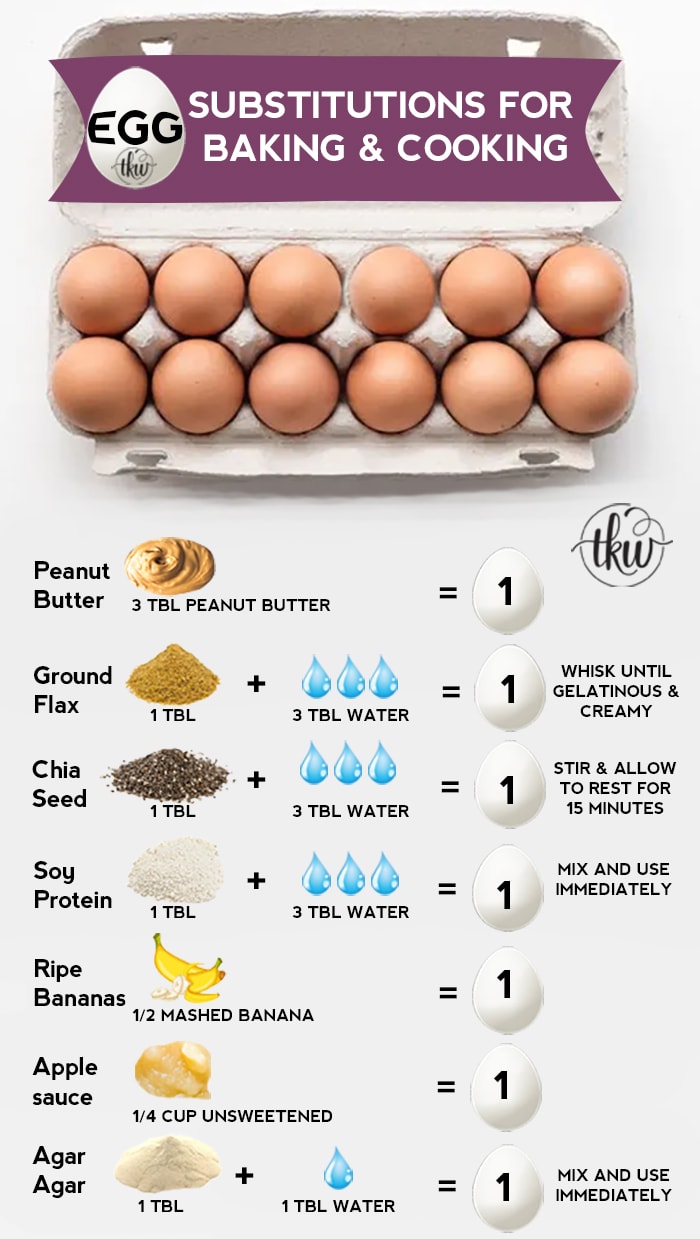
Leave a Reply